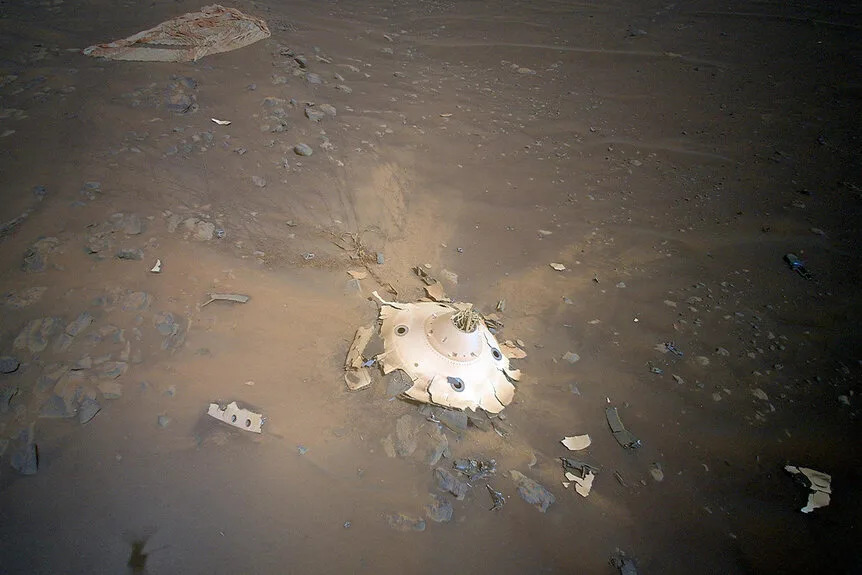Jeannine Mancini
Thu, December 21, 2023 at 12:00 PM MST·3 min read
In the United States, a person's net worth is a barometer of their financial standing, particularly as they approach retirement. This figure, calculated by subtracting liabilities from assets, varies considerably across the population, shaping the retirement lifestyle and economic security of millions.
Finance expert and author Geoff Schmidt evaluates retiree wealth using the most recent data from the Federal Reserve Board’s Survey of Consumer Finances.
Don't Miss:
The average American couple has saved this much money for retirement — How do you compare?
Can you guess how many Americans successfully retire with $1,000,000 saved? The percentage may shock you.
Poor: Households in the 20th percentile, with a net worth of around $10,000, are categorized as poor. This group likely doesn’t own a home and focuses financial resources on necessities.
Middle class: The middle class is in the 50th percentile, with a median household net worth of $281,000 for Americans aged 65 and up. This typically includes home equity, savings and a 401(k) account.
Wealthy: To be considered well off, a person must be in the 90th percentile, possessing a household net worth of $1.9 million. This level of wealth affords trips, charity donations and college funds for children. The 95th percentile, with a net worth of $3.2 million, is considered wealthy, facilitating estate planning and possibly owning multiple homes. The top 1%, or the 99th percentile, has a net worth of $16.7 million and represents the very wealthy, who enjoy considerable financial freedom and luxury.
Average And Median Net Worth By Age
Based on Zippia data for 2023:
Americans aged 55-64: This group has an estimated average net worth of $1.18 million. This figure is significant as it represents people who are typically nearing the end of their working years and are at the peak of their wealth accumulation phase.
Americans aged 65-74: This group has a higher average net worth than the 55-64 age group, at $1.22 million. The increase in average net worth for this age group is likely because of continued asset growth and possibly the beginning of drawing down retirement accounts.
75 and older: This demographic has an average net worth of $977,600, which is lower than the younger age groups. This decrease can be attributed to the fact that people in this age group are further into their retirement and may be drawing down their assets more significantly
Wealth Perception In America
According to Schwab's 2023 Modern Wealth Survey, Americans perceive an average net worth of $2.2 million as wealthy.
Knight Frank’s research indicates that a net worth of $4.4 million is required to be in the top 1% in America, a figure much higher than in countries like Japan, the U.K. and Australia.
Economic Class Net Worth
A growing number of Americans are entering retirement with debt. The proportion of households led by people aged 65 and older with debt increased from 38% in 1989 to 61% in 2016. CNBC reports debt among those aged 70 and up surged by 614% from 1999 to 2021, with mortgages constituting the majority of the debt.















